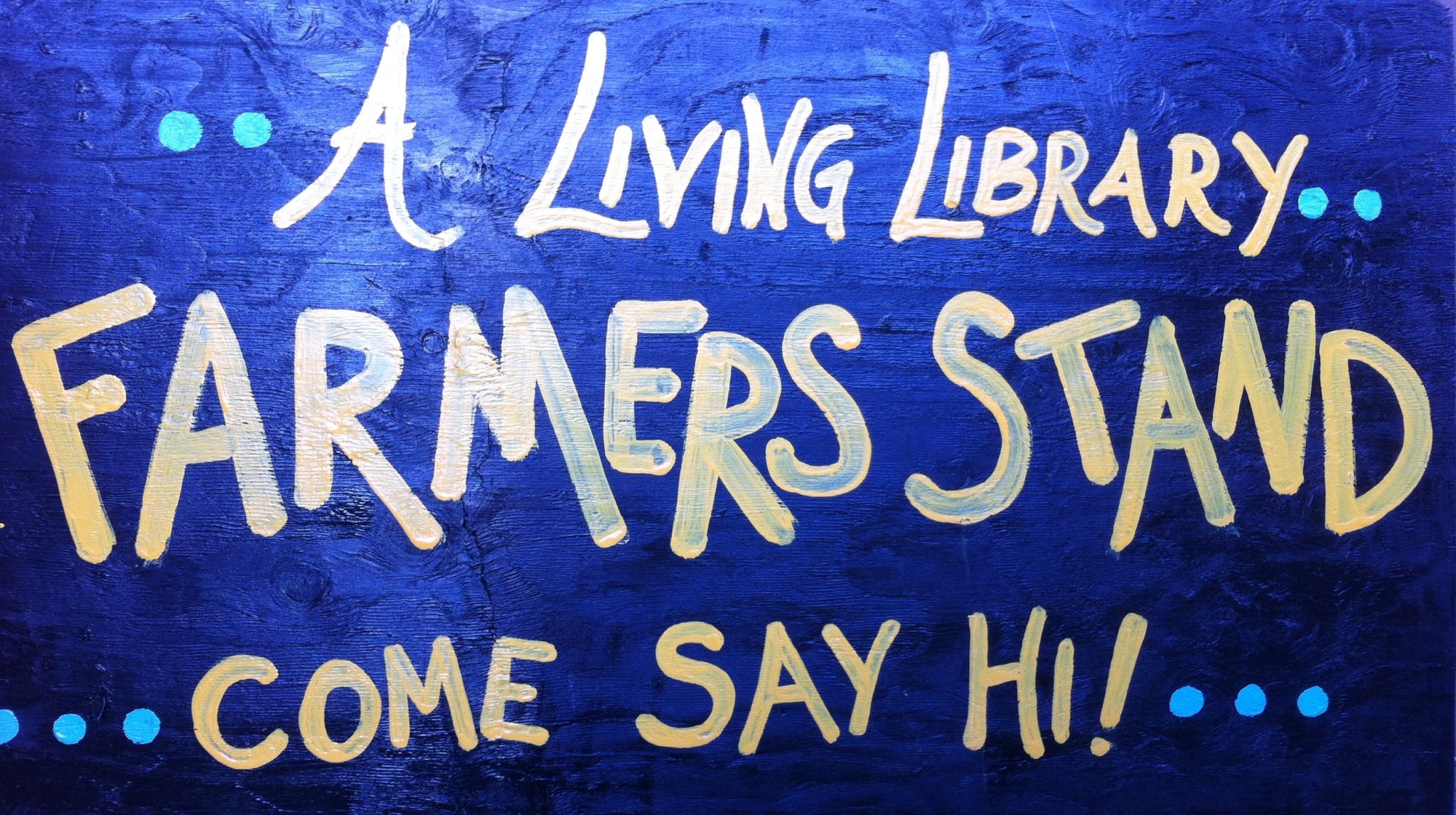
Let us take our baskets early
To the meadows green,
While the wild-flowers still are pearly
With the dewdrops' sheen.
Fill them full of blossoms rosy,
Violets and gay
Cowslips, every pretty posy
Welcoming the May.
Then our lovely loads we'll carry
On each door, with laughter merry, Down the village street,
Hey-a-day-day! It is spring now, Hang a basket sweet.
See the pretty things we bring now, Lazy folks, awake!
For the May Day's sake!
May Baskets by Evaleen Stein
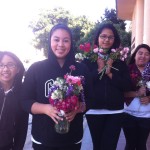
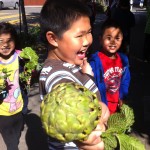

It is not yet May in our OMI/Excelsior and Bernal Heights Branch Living Library & Think Parks, but Spring is well on the way. And, change is happening all around us, as sleeping, barren branches make way to grow blankets of apple, plum, and pear blossoms. And, the quiet winter air turns to a buzzing warmth with gold and black ballerinas dancing across floral stages. Our curious feathered friends, from year-round residents, to week-day visitors, streak the skies with brilliant blues, greens, and mahoganies.
Spring is here, in all it’s bounty. It is a time of celebration, not only for our Branch Living Library & Think Park Gardens, but also for the students, who visit as the school year draws to an end. This spring, we turn our focus towards our Garden, our home.

Students revisited the idea of this Garden home as a bustling working system that integrates all components of life. Billions of micro-organisms build strong soil for plants to unfold from protective bulbs and seeds. Flowers and fruits develop to serve as a beacon for friends and foes. Birds fly with wings and maintain balance. And, our composting comrades are always working hard to ensure energy is continually flowing through all these components.
We ask our students to discover where else, this intricate system can be seen. Everywhere, our students offered.
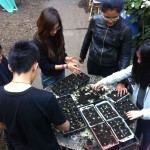
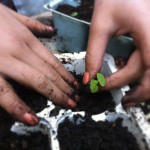

And, so, we went to work in the Gardens, doing our part to add bounty, beauty, and a strong diverse plant foundation. Throughout the duration of the month, students broke into groups and set out to plant seeds. The sweet and savory smells of cilantro, basil, dill, and onion began to stimulate our nostrils. Images of ripening tomatoes, eggplants, and summer squash filled our minds and eyes. And, the colors and smells of zinnias, sweet peas, marigolds, calendula, cosmos, and towering sunflowers, mixed, like tie-dye across the Garden. Our seeds were small, and newly planted, but our dreams were huge this Spring!
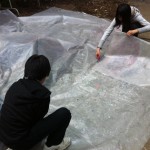
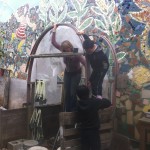

With our plantings just starting, two projects were about to bloom.
One, a lifeless greenhouse, which stood as an aspen in winter waiting for spring, to come alive. Our greenhouse, up to this point was a lifeless structure. Banished to a world of random wood storage, plant-less, useless. Within the first week of April our after school Student Stewards Interns took it upon themselves to resurrect our greenhouse. And so they began. Within the first week, students had cleared the clutter, started measuring, cutting, and attaching a flexible transparent roof, putting about six hours of measuring tape and screw driver experience under their belts.
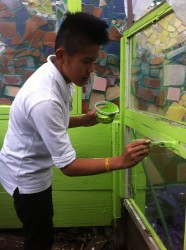

During Week Two, they added doors, and found the most fluorescent spring green paint imaginable to make it visually obvious, this was our GREENhouse! And, by the middle of April, just as seeds were starting to peek through the seemingly enormous soil grains, we were in business. A newly bustling hot spot, literally the warmest place in the Lower Garden.
Students learned the many benefits of a Greenhouse for added protection for seedlings from weather and insects, water conservation, and storage. The question of greenhouse gas led to a discussion on the larger issue of environmental stability in our future of global climate change. In typical Living Library Garden fashion, small projects evolve into larger environmental and social learning opportunities.



Our second major garden project of April was well under-way. A year’s worth of garden visits and idea-sharing from our 8th grade Community Development Class, had created a new movement, A Living Library’s Farmers Stand !
This idea came from our study of the inequitable distribution of food and health, where under-served families are usually the victims of food deserts. A national plague, where fast, fatty foods are far easier and cheaper to access, than healthy, supportive foods. This was a community development project that our Living Library environment, and its students, could directly confront.
And, so it began. A Living Library’s OMI/Excelsior Branch with James Denman Middle School Students came together to share the Spring bounty of the Garden with other students and families in the Denman community. The actual Farmer's Stand was not scheduled to debut until Mid May, but preparation was well under way.
Students laid out a list of what could be given away from the Garden. And though our crops seemed sparse, they learned that there is always much to be shared. Students began transplanting apples, chocolate mint, and nasturtiums into pots to give away. They made a list of foods that would be ready to harvest in May, such as kale, chard, onions, artichokes, and beautiful bursting roses.
A discussion of sustainability inspired the idea of a seed-give-away, and so, seeds of sunflowers, carrots, parsley, corn, and peas were offered in homemade packets.
As you can see from the photos, there was plenty to give. And the Farmer's Stand turned into a huge success with students, friends, and even families, who stopped by to enjoy all that the Garden, and the Students had to give. Some were astonished by the rich bounty ready for harvest in May, that included parsley, thyme, chard, artichokes, and many brightly colored flowers, while others remembered fondly, their past year of working in their Living Library & Think Park Garden.

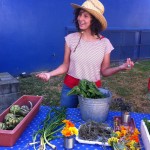
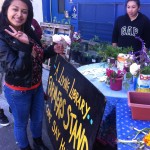
The bounty was so great, that even our San Miguel Child Development Center classes visited, and took home handfuls of food and flowers for their families.
This was our first attempt this year to share the wealth of our labors with others who might not have access to such beautiful and healthy food-scapes. For many of our students, running the Farm Stand was fun, exciting, and most of all a powerful learning experience.
Beauty, bounty, and wealth are all up to personal interpretation, but are always exponentially exemplified when shared with others. We hope to continue our Farmer's Stand with future students of A Living Library, and make it an even more, long-term learning resource. And with this, April fog showers bloom into to May flowers where new Garden surprises await.


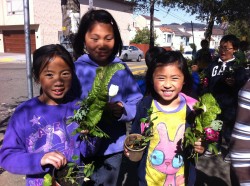

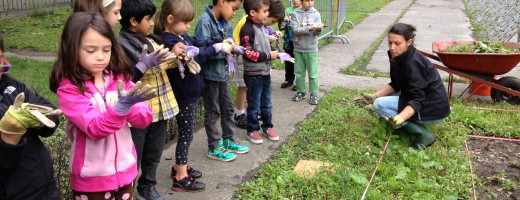
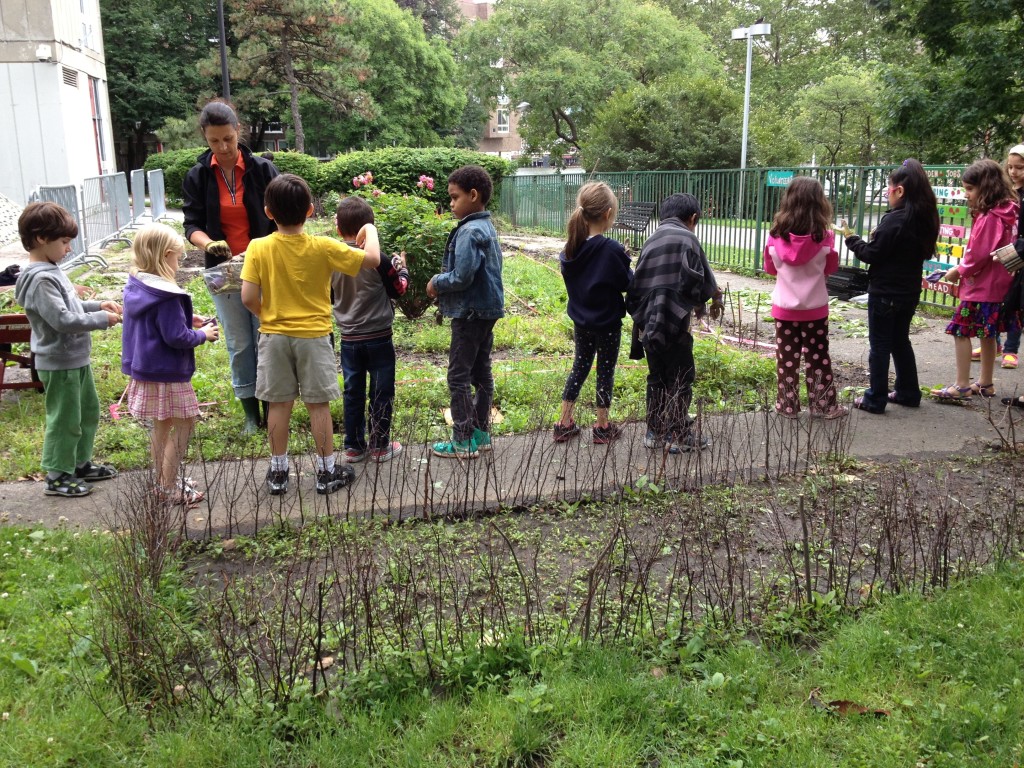







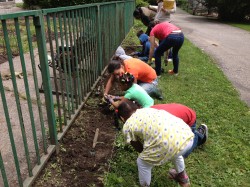

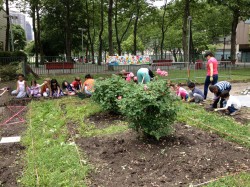
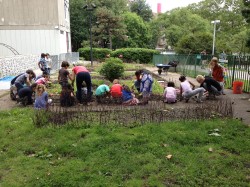
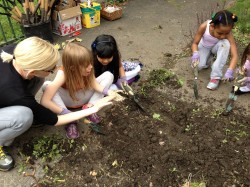
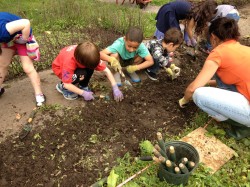
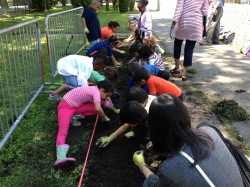
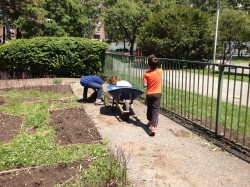


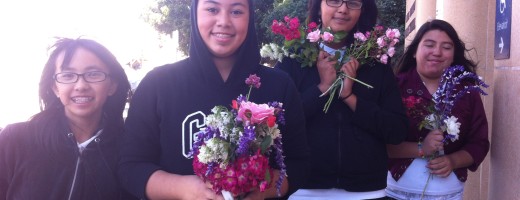
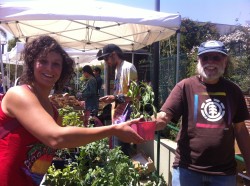
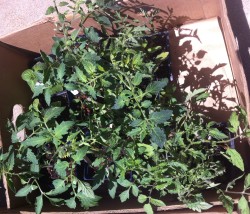
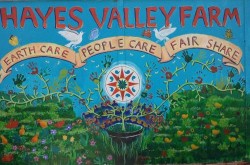
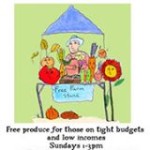
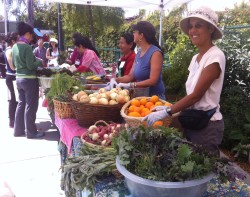







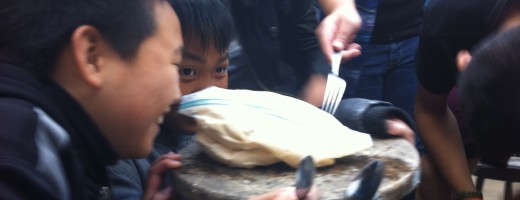
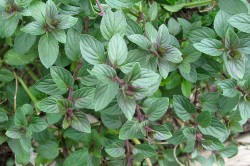
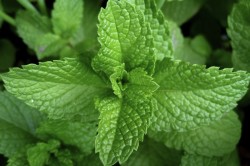
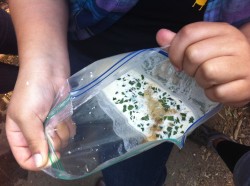
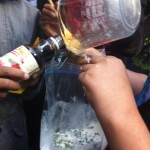


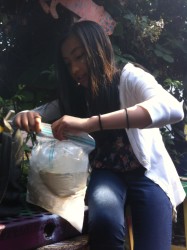
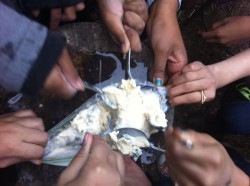
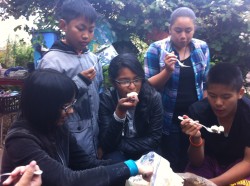
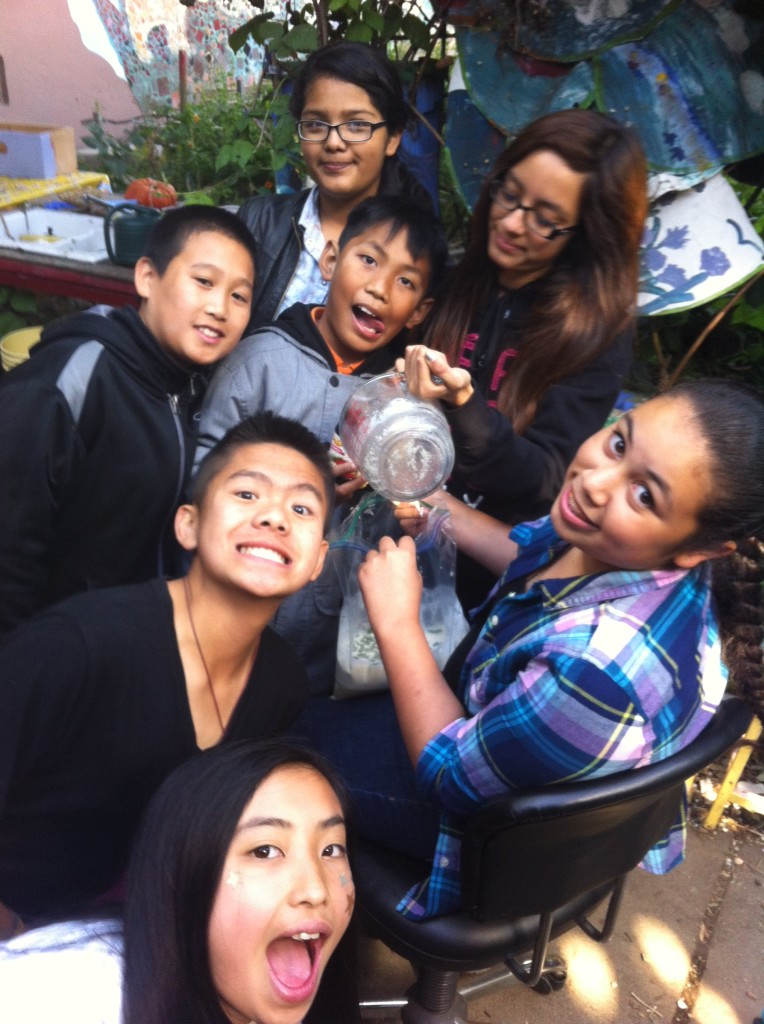























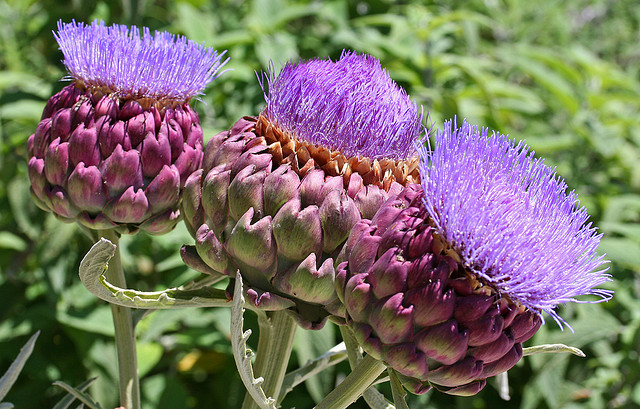



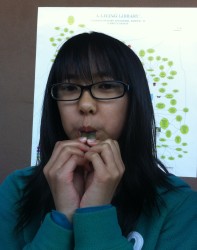








Updated by @alivinglibrary